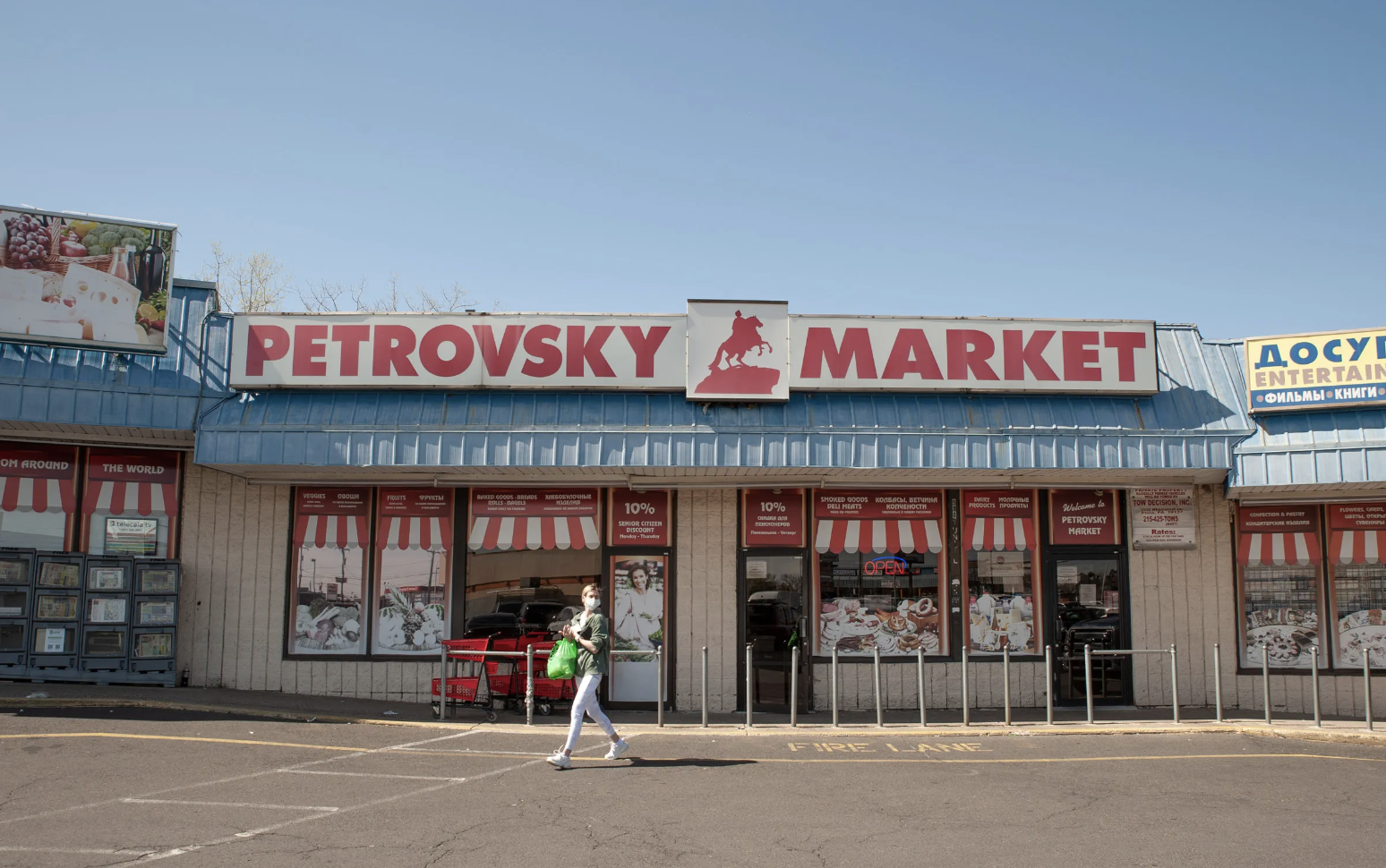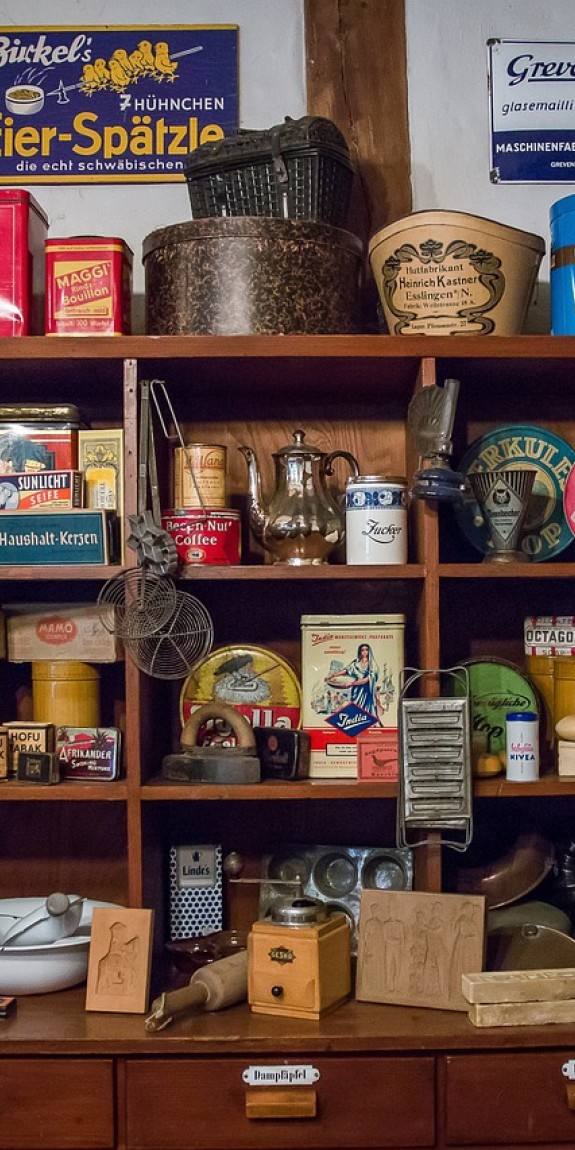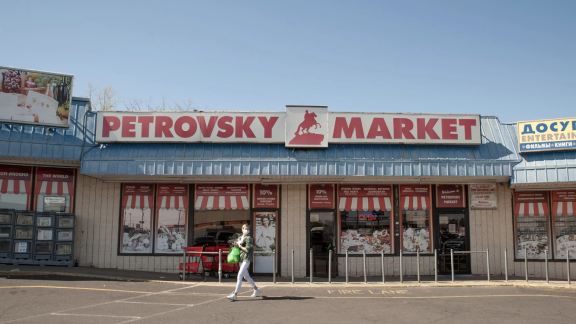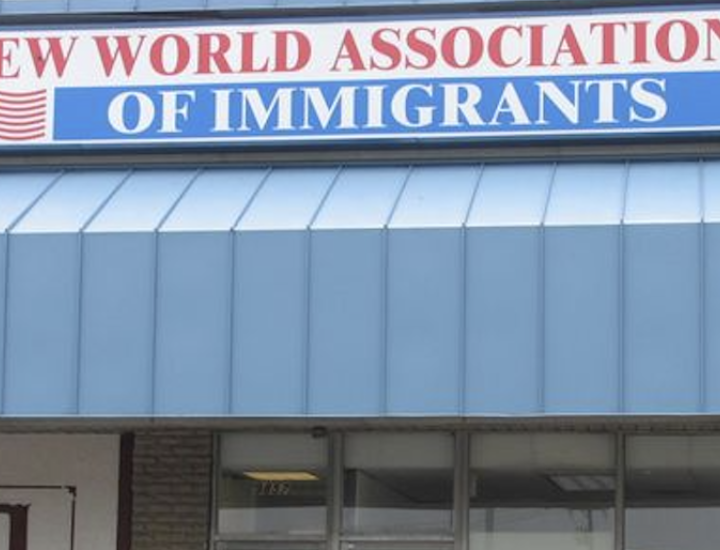Eastern Europe
Thirty percent of Philadelphia’s foreign born come from Eastern Europe. Many are Eastern Europeans who arrived after the end of the Cold War.
Philadelphia has been a land of opportunity for Eastern European immigrants for hundreds of years. Eastern Europeans were among the first to arrive, fleeing political upheavals and seeking economic prosperity in the New World. William Penn, the founder of Philadelphia, himself an immigrant from Great Britain, envisioned the city as a sanctuary of religious tolerance, beckoning those persecuted in Eastern Europe to settle here.
Organizations and Consular Corps Associations
Did you know...
Immigrants from Eastern Europe flocked through Philadelphia’s ports, establishing ethnic enclaves that endure to this day. Port Richmond stands as a testament to Philadelphia's Polish community, preserving its European heritage.
Numerous churches and synagogues in the city offer services in languages reflective of their congregants' origins. Many Philadelphians proudly embrace their Eastern European ancestry, even after several generations removed from their homelands, underscoring the lasting cultural imprint of early Eastern European immigrants on Philadelphia's identity.
Iconic Philadelphia delicacies like water ice and pretzels trace their origins back to Eastern European immigrant cultures.

Bustleton Avenue in Northeast Philadelphia is a multi-cultural Eastern European hub where the Russian language predominates, especially in supermarkets and restaurants that line the streets. Bustleton has emerged as a refuge and meeting ground for individuals of post-Soviet descent, with over a third of residents in the neighborhood's ZIP code being foreign-born, according to census data.
In Bustleton, cultural cohesion is strengthened through shared languages and traditions. Immigrant-owned businesses, billboards in Cyrillic, and gatherings at restaurants and churches create a sense of familiarity and belonging for residents from diverse Eastern European backgrounds. The community's resilience and unity are evident as they navigate the challenges of adaptation while preserving their heritage and fostering connections within their multicultural neighborhood.


